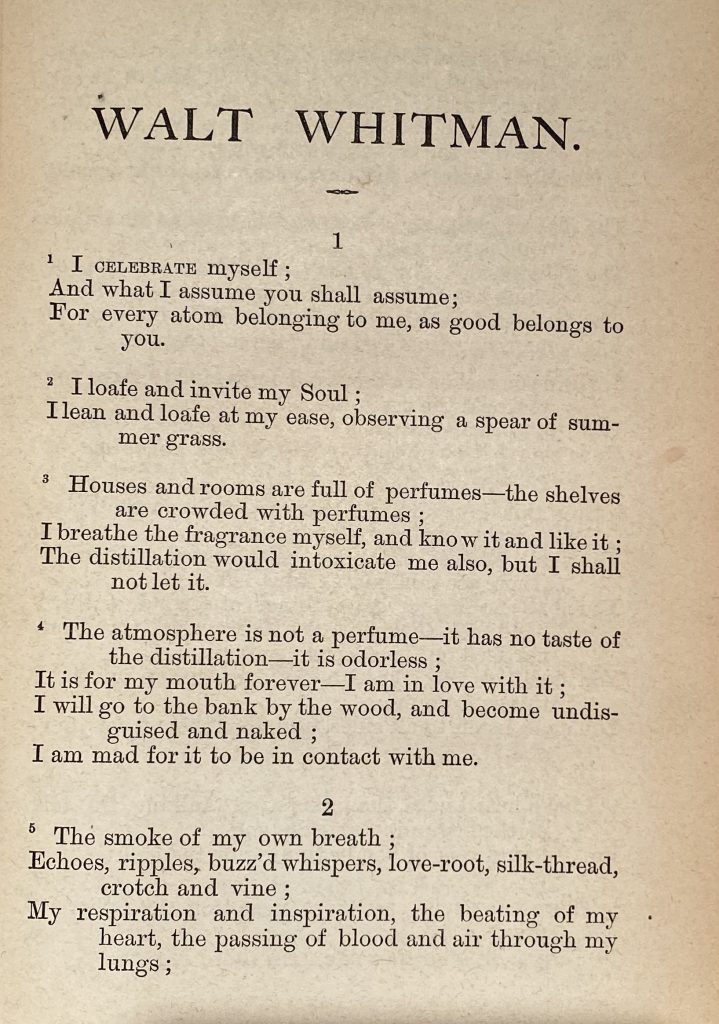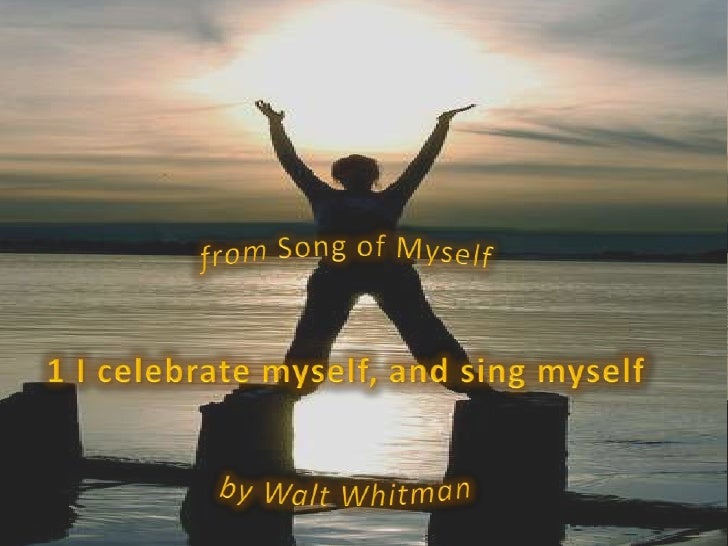


He ponders whether “the grass is itself a child” or “the handkerchief is itself a child.” A child with both hands full of leaves from the fields approaches the poet and asks, “What is grass?” The poet initially feels unable to answer this question, but continues to ponder it. The sixth section of “Song of Myself” introduces the poem’s central symbol and marks the first significant transition. He can appreciate all five senses - taste, hearing, smell, touch, and sight - as well as the process of breathing, the beating of his heart, and “the sensation of health.” In order to discover “the origin of all poems,” he invites the reader to “stop this day and night” with him. The ecstasy of his physical sensations captivates him. The poet expresses his happiness via his senses. The poet is tempted to merge with other individual selves, but he is determined to maintain his uniqueness. Perfumes are symbols of other individual selves, whereas the atmosphere outside represents the universal self. “Houses and rooms are full of perfume,” says Whitman. In section 2, the self asserts its individuality by claiming separation from civilization and proximity to nature. He will allow nature to speak unimpeded by original energy. He is 37 years old and “in perfect health.” He hopes to continue celebrating his individuality until his death.

He states that he was “formed from this soil” because he, his parents, grandparents, and great-grandparents were all born here. The poet will “sing myself,” but “what I assume you shall assume” because “every atom belonging to me belongs to you as well.” The poet lounges on the grass and awaits the arrival of his soul. This poem celebrates the poet’s individuality, but while the “I” is the poet, it is also universalized.


 0 kommentar(er)
0 kommentar(er)
